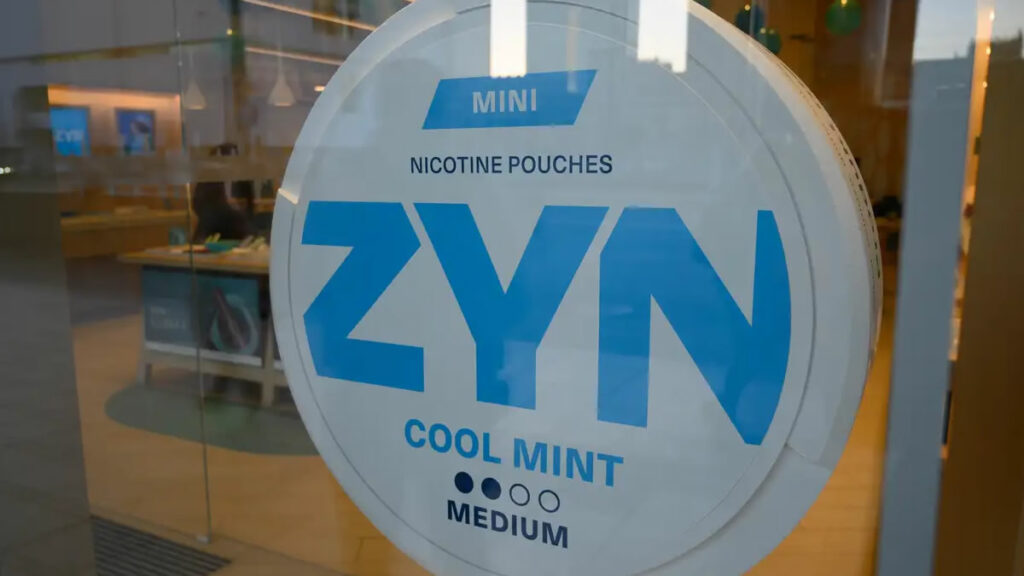USC Study Shows Doubling Use as Experts Cite Discreetness and Marketing Appeal
A significant shift may be underway in teen nicotine habits, with oral nicotine pouches like Zyn rapidly gaining popularity and potentially displacing e-cigarettes (vapes) as the preferred product for some adolescents. A new study published Wednesday in JAMA Network Open reveals that nicotine pouch use nearly doubled among US 10th and 12th graders between 2023 and 2024.
Researchers from the University of Southern California (USC) analyzed survey data from over 10,000 teens. They found not only did overall pouch use rise sharply, but many teens reported using both pouches and vapes concurrently. Notably, the only nicotine use metric that decreased was the exclusive use of vapes, suggesting a potential substitution or addition trend.
Adam M. Leventhal, PhD, executive director of the USC Institute for Addiction Science and a study author, told Business Insider that while he anticipated an increase given Zyn’s soaring demand and media presence, the speed and magnitude of the rise among teens were surprising.
Why the Shift to Pouches? Discreetness and Marketing
Experts suggest several factors contributing to the pouches’ growing appeal among youth. Leventhal noted that teens’ underlying attraction to nicotine’s perceived effects (mood stimulation, appetite suppression) hasn’t fundamentally changed. However, pouches offer distinct advantages over vaping for underage users.
“They can use them in school without teachers seeing them or even in front of their parents,” Leventhal explained, highlighting their **discreet nature**. Unlike vaping, which produces visible aerosol clouds, pouches are small and used orally, making them easy to conceal and use continuously throughout the day, even in environments where vaping is prohibited or easily detected, like classrooms or movie theaters.
Marketing and cultural trends also play a role. While vaping prevalence has recently skewed slightly higher among teen girls, nicotine pouch use appears more prevalent among boys, potentially linked to more masculine branding associations seen online and in social media, where “Zynfluencers” often promote the products.
Health Risks and Dual Use Concerns
Leventhal expressed significant concern that the rise in pouch use, especially the increase in dual use with vapes, means teens are likely “exposing themselves to higher levels of nicotine” than with e-cigarettes alone. Nicotine is highly addictive and can harm the developing adolescent brain.
While sometimes positioned online as a tool to quit vaping, Leventhal dismisses this as a viable solution for teens, particularly given the rise in co-use. Both product types carry risks: Zyn can irritate gum tissue and impact cardiovascular health, while vaping carries risks often compared to traditional smoking. “We don’t want children to use any nicotine products,” Leventhal stated unequivocally. “So all nicotine products should be avoided.”
The study underscores the need for parents, educators, and health professionals to be aware of this rapidly evolving trend and for policymakers to consider targeted prevention strategies and regulations for the booming nicotine pouch market.
- News source: Teens these days don’t vape, they Zyn
- Spain Expands Smoking & Vaping Ban with Fines Up to €600,000 - November 5, 2025
- Maldives Implements Generational Tobacco Ban for Those Born After 2007 - November 3, 2025
- Ireland’s New Vape Tax Takes Effect, Prices to Rise - November 1, 2025


